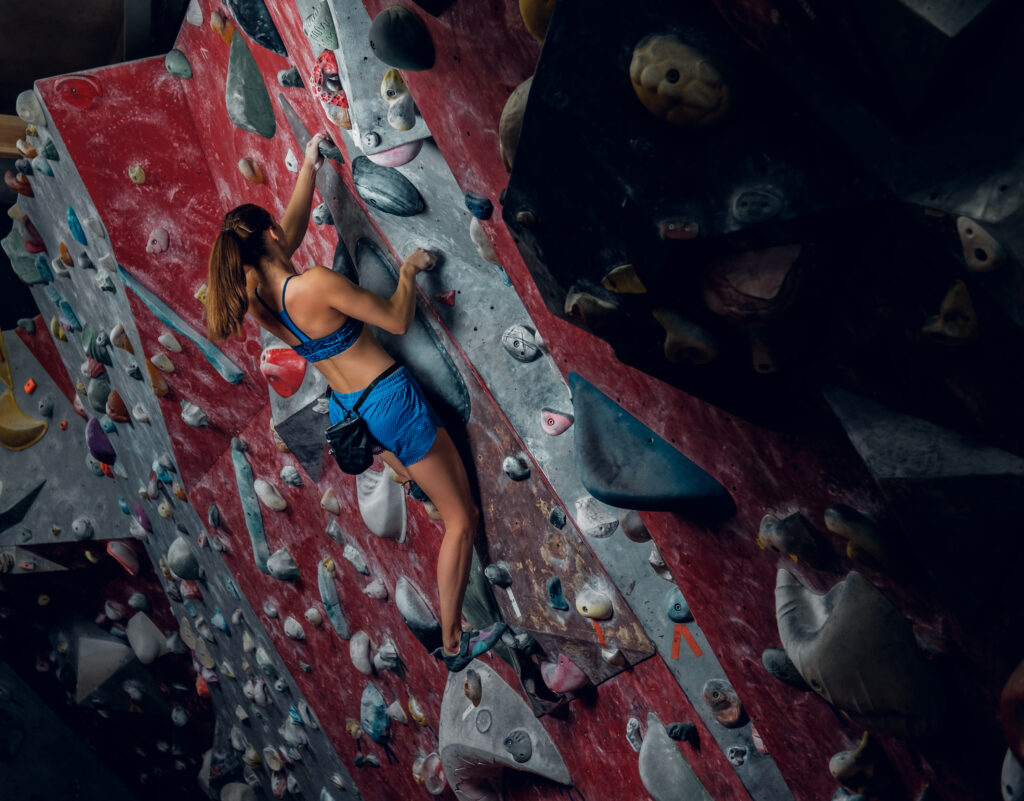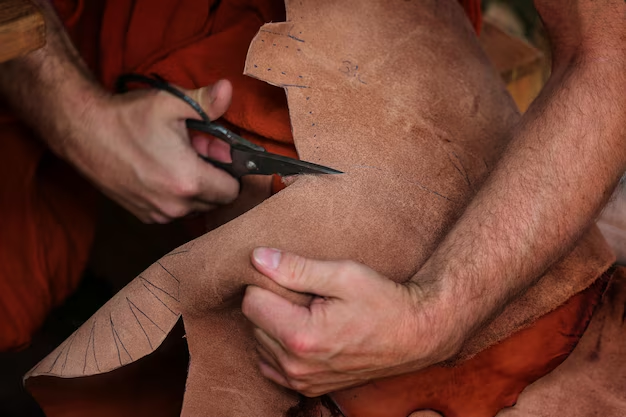The sport climbing combined Olympics is one of the most exciting and modern additions to the Olympic Games. It brings together three very different climbing disciplines — speed, bouldering, and lead — and challenges athletes to master all of them within one competition. Unlike many Olympic sports that focus on a single discipline, this event pushes climbers to show versatility, strategy, and complete athleticism.
For fans, the event is thrilling to watch because every round feels different. Speed delivers intensity and quick decisions, bouldering showcases creativity and problem-solving, and lead tests endurance on tall, technical walls. For athletes, it is a true test of all-around ability. Only those who can adapt across the three formats succeed.
The sport climbing combined Olympics is still new compared to traditional Olympic sports, but it already plays a big role in shaping the future of climbing. Since its debut in Tokyo 2020, the format has not only given climbers global recognition but also inspired a wave of new fans and participants. It fits naturally into the Olympic Games as a young, dynamic sport that attracts a diverse audience worldwide.
The Origins of Sport Climbing in the Olympics
Climbing has been practiced for centuries, but the journey to becoming an Olympic sport was long. In the 1980s and 1990s, competitions began to appear in Europe, focusing on lead climbing. Over time, speed and bouldering were added as separate competition formats. The International Federation of Sport Climbing (IFSC) was founded in 2007, helping to unify and promote climbing as a recognized sport.
The push for Olympic inclusion came with the desire to present climbing to a broader audience. The International Olympic Committee (IOC) eventually approved it for the Tokyo 2020 Games. However, due to limited medal events available for new sports, all three disciplines were merged into one combined format. This decision created excitement but also sparked debate.
Some athletes specialized in just one discipline, like speed, and worried they would struggle in the combined event. Others saw it as an opportunity to highlight the complete skill set of climbers. While controversial at first, the format brought a fresh sense of challenge to the Olympics and made history by uniting all three climbing styles under one medal.
Understanding the Combined Format
The sport climbing combined Olympics works differently than most other Olympic sports because it blends three disciplines into one scoring system.
Speed climbing is all about racing up a standardized 15-meter wall as fast as possible. Athletes go head-to-head in knockout-style races, with times often decided by fractions of a second. It is thrilling to watch because one slip can change the result instantly.
Bouldering takes place on shorter walls with no ropes, where athletes must solve a series of technical problems in a limited amount of time. The emphasis here is on power, balance, and creative thinking. Each problem has different holds and angles, making it a mental and physical puzzle.
Lead climbing involves scaling a tall wall with ropes, aiming to climb as high as possible within a set time. It requires endurance, precise movement, and the ability to conserve energy while reading the wall in real time.
Scoring in the combined format is based on multiplying the ranking positions across the three events. For example, if a climber places second in speed, third in bouldering, and fourth in lead, their score is 2 × 3 × 4 = 24. The athlete with the lowest total score wins. This makes consistency across all disciplines critical.
What makes the combined event unique is that no athlete can rely solely on their specialty. A speed climber must train in bouldering and lead, while a bouldering expert must develop speed and endurance. It is the only Olympic climbing format that truly tests the “complete climber.”
Evolution of the Format in Different Olympic Games
When the sport climbing combined Olympics debuted at Tokyo 2020, it featured all three disciplines combined into one medal event for both men and women. This was groundbreaking but also challenging for specialists. The event crowned Janja Garnbret of Slovenia and Alberto Ginés López of Spain as the first-ever Olympic champions in climbing.
For Paris 2024, the format was adjusted. Instead of one combined event, there were two medal events: speed as a standalone competition, and a combined event of bouldering and lead. This change allowed athletes to focus on more natural pairings of disciplines and gave climbers in speed a fairer chance to compete at the highest level.
Looking ahead to Los Angeles 2028 and beyond, the expectation is that climbing will continue to evolve in the Olympics. Discussions suggest further adjustments may occur, possibly allowing more medals across the disciplines. Each Games refines the structure, ensuring climbing remains exciting, fair, and appealing for both athletes and spectators.
Key Athletes Who Shaped the Event
Several athletes have already made history in the sport climbing combined Olympics. At Tokyo 2020, Janja Garnbret became a global star by dominating the women’s competition. Alberto Ginés López shocked many with his consistency, taking gold for Spain in the men’s event. Their victories put climbing in the spotlight and inspired young athletes worldwide.
Other names like Adam Ondra, Tomoa Narasaki, and Akiyo Noguchi also played crucial roles in building excitement around the sport. Their performances showed the diversity of styles within climbing and how different athletes adapt to the combined challenge.
As the event grows, new stars continue to emerge. Athletes such as Natalia Grossman and Colin Duffy are expected to influence future Olympics, showing that the sport is evolving rapidly with each generation.
Training and Preparation for the Combined Event
Preparing for the sport climbing combined Olympics is unlike training for any other climbing competition. Athletes must divide their focus across three very different disciplines. Speed requires explosive power and fast reflexes, bouldering demands short bursts of strength and problem-solving, while lead climbing is about endurance and pacing.
Training programs often include cross-discipline work. A speed specialist might spend months improving endurance for lead, while a bouldering expert practices running the speed wall daily. Balancing these demands is both physical and mental, and athletes must avoid burnout while building all-around fitness.
Nutrition, recovery, and mental strength are also key parts of preparation. Since the combined event tests multiple skills in a short time frame, athletes must manage energy carefully and approach each discipline with focus and adaptability.
Global Impact of the Sport Climbing Combined Olympics
The inclusion of the sport climbing combined Olympics has had a major influence on the sport worldwide. Climbing gyms have grown in popularity across Europe, Asia, and North America, with many young people inspired to try climbing after watching the Games.
For youth programs, the Olympic spotlight has created new opportunities. More schools and local clubs now include climbing as part of their activities. Grassroots competitions have expanded, helping athletes train from an early age.
On a global scale, the event has also boosted tourism for climbing destinations and created stronger investment in the sport. The Olympic platform gave climbing credibility, placing it alongside traditional sports and ensuring it continues to grow as a respected discipline.
Conclusion
The sport climbing combined Olympics is more than just a new event — it represents the evolution of climbing as a global sport. By uniting speed, bouldering, and lead into one competition, it challenges athletes to be versatile and complete. For fans, it offers one of the most dynamic viewing experiences at the Games.
From its origins to its Olympic debut and future adjustments, the combined format continues to shape the way climbing is practiced and understood. Its influence extends beyond competition, inspiring gyms, youth programs, and new generations of climbers worldwide.
As the Olympics move forward, the sport climbing combined event will remain a key part of how the world sees climbing. It shows that this is not just a niche activity but a sport capable of capturing global attention, passion, and respect.
FAQs
1. What is the sport climbing combined format in the Olympics?
It is a competition that brings together speed, bouldering, and lead climbing, with athletes competing in all three disciplines. Scores are calculated by multiplying the rankings from each discipline.
2. How is scoring done in the combined event?
Athletes are ranked in each discipline. Their rankings are multiplied together, and the lowest total score wins. Consistency is more important than being the best in just one area.
3. Which athletes are famous for winning in this format?
Janja Garnbret of Slovenia and Alberto Ginés López of Spain won the first gold medals in Tokyo 2020. They remain key figures in the history of the combined event.
4. How did the format change between Tokyo 2020 and Paris 2024?
Tokyo featured one combined event including all three disciplines. Paris separated speed into its own medal event and combined bouldering with lead for another.
5. Will sport climbing combined stay in future Olympic Games?
Yes, climbing is expected to remain in the Olympics, with possible adjustments to medal events and formats in future Games to keep the sport fair and engaging.




